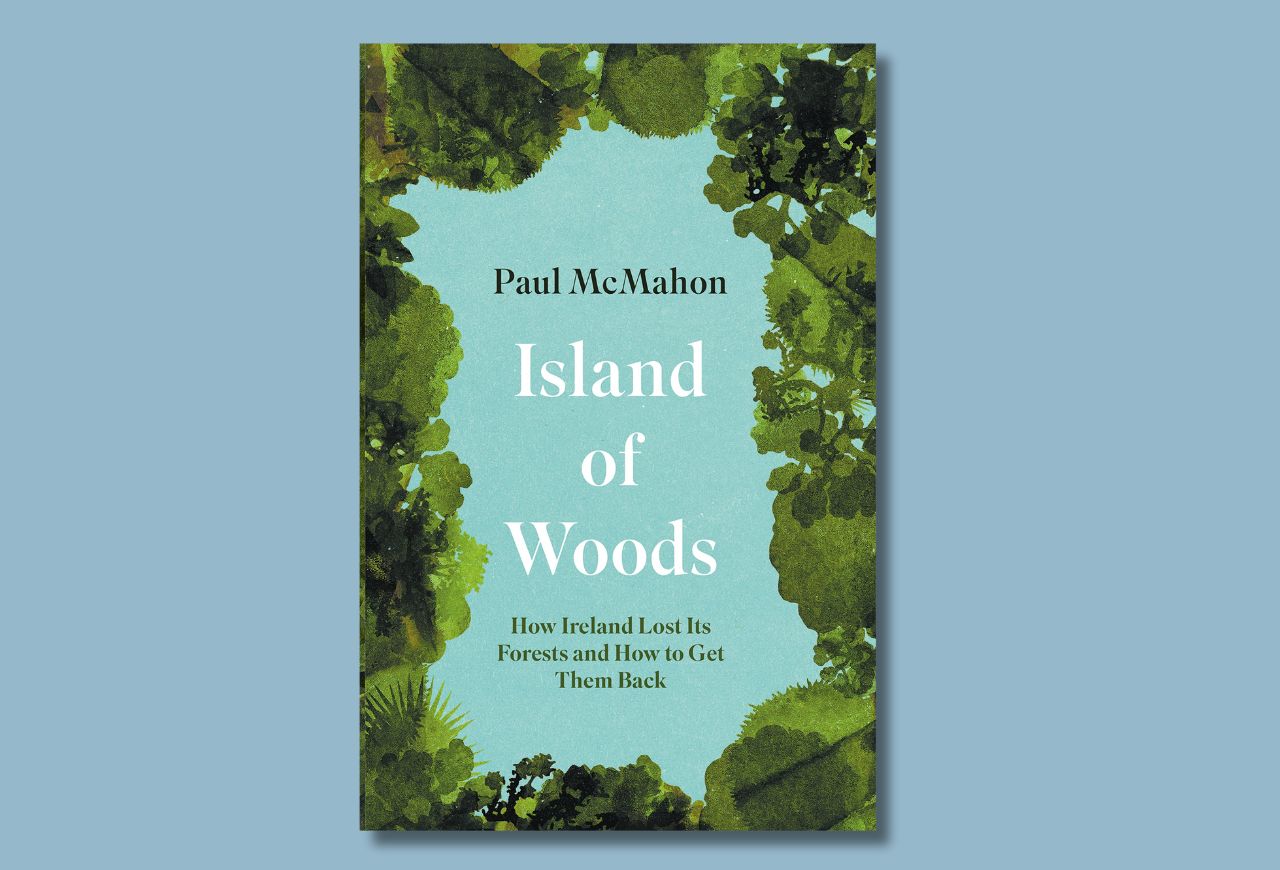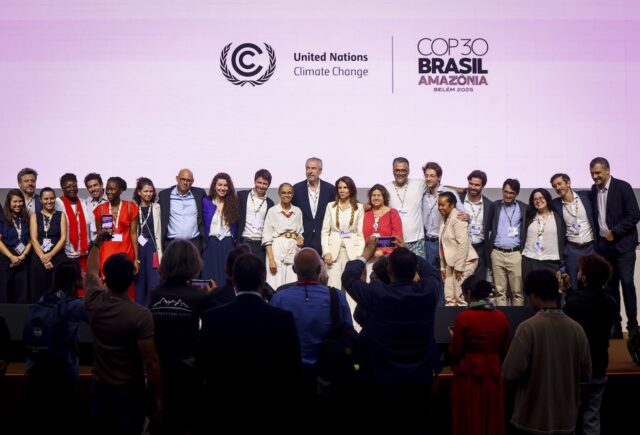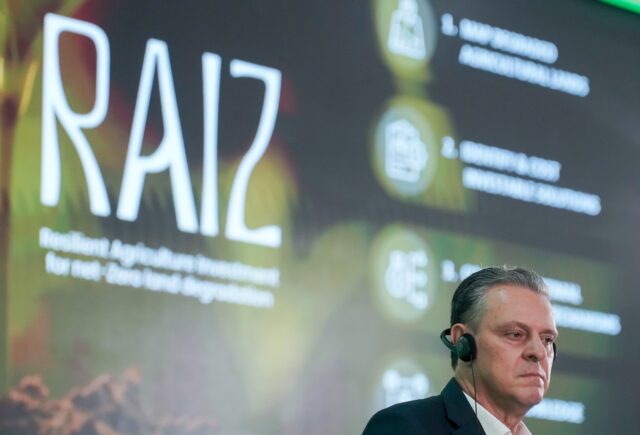Busting myths and telling awkward truths, Paul McMahon offers a cautionary tale, demonstrating that ‘the road to hell is paved with good intentions’ in environmentalism as in other walks of life.

In brief
- Anyone involved in reforestation will find this cautionary tale salutary. How Ireland embarked on wholesale reforestation adopting ‘scientific planting’.
- Rooted in imaginary history and bad eco-science, the project has failed on a giant scale. A third of Ireland’s forests are “zombie forests” and a plantation approach has hopelessly compromised biodiversity.
- Worse, there is a carbon timebomb just around the corner.
- But the author gives us hope. A shift from “industrial tree-farming to multi-purpose forestry”. Telling some awkward truths along the way.
Paul McMahon is the Irish co-founder of SLM Partners which invests in sustainable agriculture and forestry globally. He knows his woods, and he knows his country, and how passionate, nationalistic, views of history influence public opinion and government policy. “Woodland management excites such strong opinions in Ireland that it can bring crowds out onto the streets.”
This is because Ireland’s forests were cut down savagely so that only 1% of Ireland was covered by woodland in 1900, by far the lowest amount in Europe. The popular view blames “the bloody English conquest”, though McMahon exposes this as pure myth. But righting that supposed wrong led the entire country down the wrong path.
Scientific planting
Sean McBride, the IRA’s chief of staff, put reforestation at the heart of the republican movement. The new Irish government appointed German forester Otto Reinhardt to drive ‘scientific planting’, whereby agricultural land was cleared, a single tree species chosen, and a plantation created.
Large-scale planting of 10,000 hectares per year took place, especially between 1950 and 1985 when the state planted 272,000 hectares. It then realised tax incentives to farmers could work better, so over the next 20 years 286,000 were planted by private efforts.
As the author says: “The reforesting of Ireland over the last 100 or so years is a singular achievement in many ways.” Today forests occupy 10% of Ireland. Below the European average of 45%, but way up on where it had been. Woodpeckers reappeared in Ireland after being extinct for more than two centuries.
An ecological disaster
But apart from being a Nazi party member, Reinhardt was also a disaster ecologically. He failed to anticipate where ‘scientific planting’ would lead. Ireland’s forestry plantations have the largest proportion of non-native trees species in Europe at 69%. Spruce and ash were planted at scale, but not oaks, because under the system created “anyone who plants broad leaves is doing it for the love, not the money”.
Monoculture has its drawbacks. The bio-disease ash dieback came to Ireland in 2012 and “experts fear 95% of ash trees in Ireland could succumb”.
Ill-thought subsidies created other mistakes. Thousands of hectares of peatland were planted with trees that found the soil poor. They grew weak and blew over in the first wind. McMahon writes: “The dirty secret of Irish forestry is that a third of the forests are no good. The island is full of zombie forests that shouldn’t be there in the first place. This is an ecological economic disaster.”
As these realities hit home planting dropped. By 2011 it had fallen to 6653 hectares, and by 2021 a mere 2016 hectares.
Perhaps not surprising, but this leaves Ireland with “a carbon accounting conundrum”. New forests remove carbon from the atmosphere, but a lot of this carbon is released when the forest is felled. Not a problem if there is an even distribution of forest age, but in ‘plantation Ireland’ this balance does not exist, indeed is getting worse as plantings decline.
Irish forestry will switch from being a net carbon sink to a net source of carbon by 2035, just when the whole of Europe including Ireland, is striving for carbon neutrality. As McMahon says, “the timing could not be worse”.
Awkward truths and possible solutions?
There is no hope for the “zombie forests”. Peat must be “rewetted [so] specialist plants grow back, and organic carbon is preserved in anaerobic conditions”.
Otherwise, the solution is multi-functional forestry which “will deliver multiple economic social and environmental functions at the same time”. Trees are felled individually or in small groups, high quality ones are left to grow to maturity. The canopy is opened up to let in light and encourage natural regeneration of new seedlings which eventually fill the gaps left by felled trees. Over time a range of tree species naturally occurs, which creates healthier soils that do not acidify waterways, and harbours more biodiversity.
McMahon is not afraid of awkward truths. “The biggest threat to this natural regeneration…is grazing by wild deer” who decimate saplings. Wolves would control this in the wild, but “to put it crudely if we want healthy diverse woodlands we need to shoot more deer. Ideally, we should develop a taste for venison as well”.
The author concludes: “The most important cultural change needed in Ireland is not political, or legal, but cultural. We need to develop or rediscover a true forest culture. We need to move beyond folk Celtic mysticism to value the usefulness of trees.”






